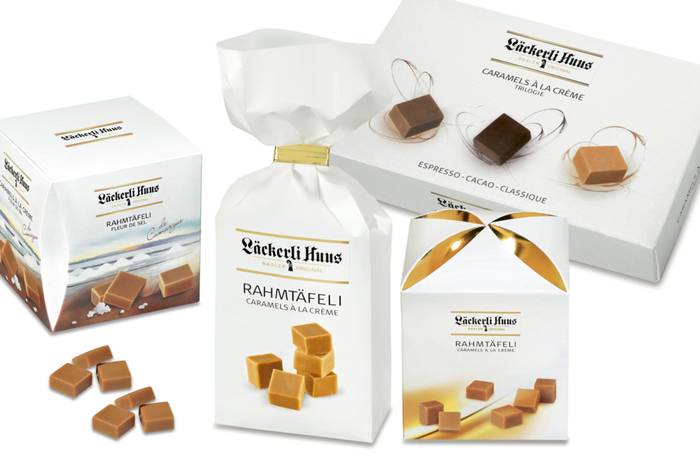 First famous for its traditional Basel biscuits, Swiss confectioner Läckerli Huus Ltd extended its product range a long time ago. Its cream caramels – in all their different flavours – are more than just a guilty treat. After all, with HOCHDORF condensed milk as the most important ingredient, they are also packed with dairy goodness.
First famous for its traditional Basel biscuits, Swiss confectioner Läckerli Huus Ltd extended its product range a long time ago. Its cream caramels – in all their different flavours – are more than just a guilty treat. After all, with HOCHDORF condensed milk as the most important ingredient, they are also packed with dairy goodness.
I have been a regular visitor to Basel for a long time. Based in the trinational border area of France, Switzerland and Germany, it has many attractions that have an enduring appeal.
Basel biscuits and coffee
From the railway station I take a walk through the Steinenvorstadt area, window-shopping as I go. Almost without noticing I reach the bustling Barfüsserplatz square. I need to take care that I don’t wander in front of any of the many trams. I cross the square and make my way through the narrow Gerbergasse street en route to the imposing market square. At number 57, the wonderful aroma from the Läckerli Huus shop and café wafts towards me.
I know that the fine Basel Läckerli biscuits are made here – and served warm. My mouth begins to water and I look forward to my morning coffee with this Basel speciality. A few weeks earlier I visited the company’s head office in Frenkendorf and discovered all about its products and marketing; I was particularly interested in the production process for its fine caramels. I don’t hesitate for a second. I find a table on the second floor and order a cappuccino. Then all the memories come flooding back!
The most important ingredient for cream caramels is the condensed milk.
Condensed milk
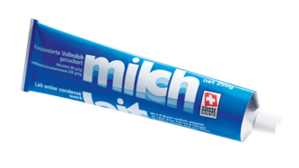
HOCHDORF Swiss Nutrition Ltd markets sweetened condensed milk under the brand name SUCREM.
HOCHDORF condensed milk is ideal for producing caramel sweets, chocolate fillings or as a baking ingredient for crunchy biscuits. HOCHDORF also produces and markets tubes of condensed milk for the Swiss retail market.
Please contact the author directly if you would like any further information.
Unique: working in a biscuit tin!
It was time to visit Läckerli Huus Ltd. I wanted to find out more about the company and the high-quality products it manufactured using our ingredients. As I approached, I was struck immediately by the unique architecture of the administration and production building: it looked like three biscuit tins piled on top of each other. The building typifies the brand. Läckerli Huus is famous for its artistic biscuit tins, in all their various shapes and colours. You can currently purchase a tin in the shape of a nostalgic VW Bus, for example – full of confectionery and bakery products. But working in a biscuit tin? That is certainly unique, I think to myself. In the shop I am greeted warmly by management assistant Christina Zimmerli. We head off to explore a world of indulgence: a tempting tour of the company and its products. On the stairway I discover interesting details about the history of the company (see profile Läckerli Huus). When we arrive on the first floor I am transported into the exciting world of baker's apprentice Alex to learn about the bakery trade and chocolate making. There are also some delicious traditional Basel Läckerli spiced biscuits to try.
The same recipe since 1920
Then we move on to the area I am most interested in: the caramel production. The cream caramels produced by Läckerli Huus are so crumbly they melt in your mouth – just the way I like it. Production manager Robert Aregger has now joined us on our journey. He explains that only the best ingredients are considered for producing the cream caramels and they have to meet strict criteria. I’m proud to hear that. Alongside the condensed milk, HOCHDORF also supplies full-milk powder and cream powder to be used in the formulation. “The cream caramels are still manufactured to an original recipe that dates back to 1920. Even the production process has hardly changed,” says Robert Aregger. “The most important ingredient for cream caramels is the condensed milk. It provides the colour, the structure, the consistency and the bite, among other things.” The other ingredients are sugar, full-milk powder and cream powder. Starch syrup, lecithin and sorbitol are also added.
The most important ingredient for cream caramels is the condensed milk.
Maturing in a wooden cabinet
All of the ingredients are cooked together in a copper vat. After around 45 minutes, the caramel mass is emptied onto a production line to be cooled and cut to the desired size. The next step is the maturing process that takes place in a wooden cabinet. Depending on the size of the caramel, this can take between two and three weeks. “It’s the final touch for our cream caramels – just like a good wine is stored in oak barrels,” says Robert Aregger. When it comes to the issue of hygiene and using wood, he explains that they have tried lots of different methods. “What we found, however, is that the wood absorbs the moisture of the cream caramel. This provides the typical crumbly texture of the Läckerli Huus cream caramel.”
A basic recipe – easy to adapt
Alongside the traditional caramel, lots of different varieties are available on the shop shelves today: cream caramels with Fleur de Sel, espresso, chocolate, orange or even Swiss whisky. My particular favourite are the fine “caramels à la crème duetto”: classic cream caramels with added raspberries – simply heavenly. Robert Aregger explains that one of the strengths of the formulation is that it is easy to create different variations from the basic recipe. So sweet-toothed connoisseurs can look forward to trying lots of different flavours of the exquisite Läckerli Huus cream caramels. And now I am looking forward to my cappuccino with its accompanying Basler Läckerli biscuit. Then I’ll buy a few special “duettos” before I set off again to explore Basel.
Further information
- Profile "Läckerli Huus – a Basel original"
- Short article "History of cream caramels"
- Recipe "Cream caramels"



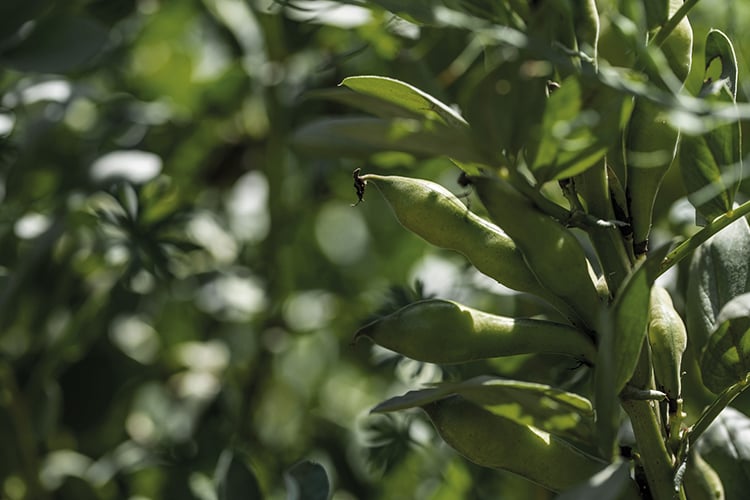

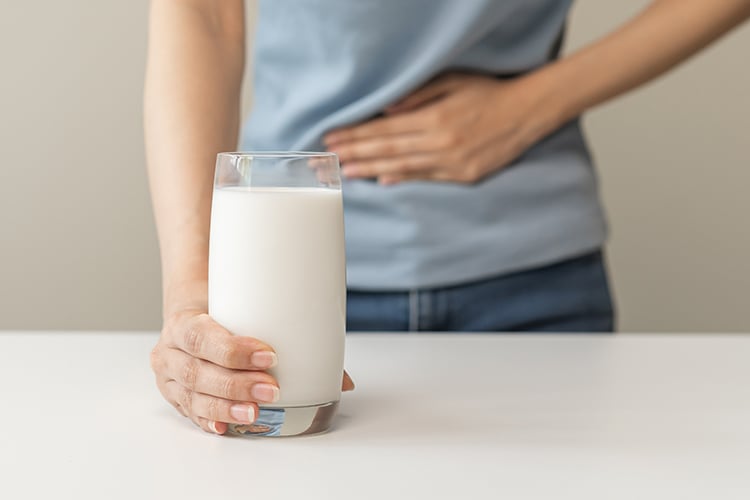
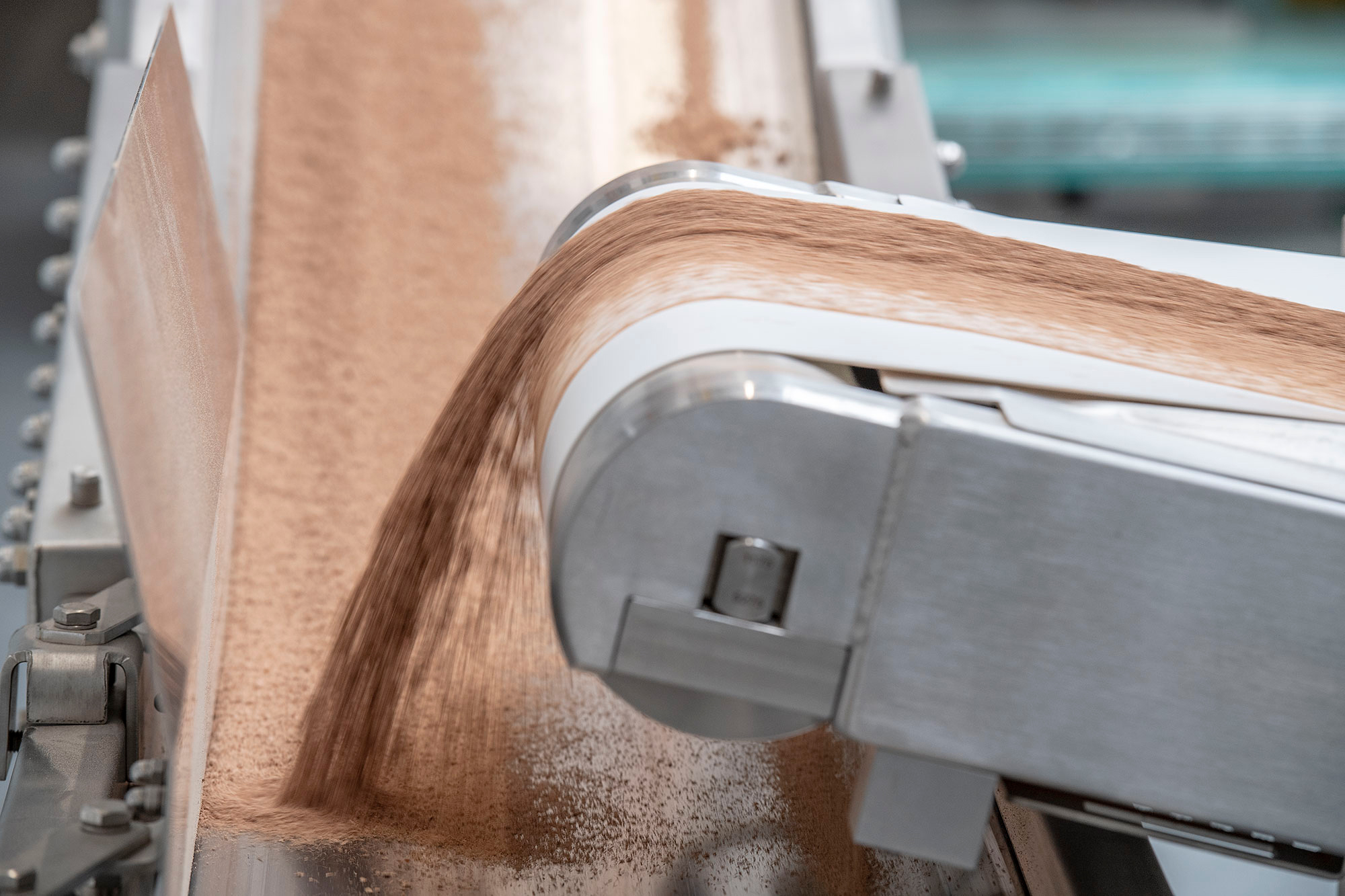


Leave a comment